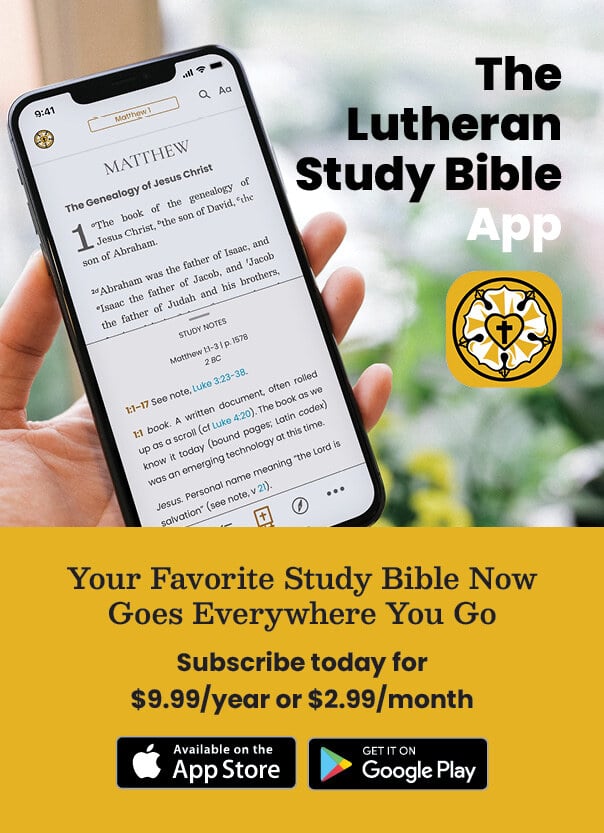4 Ways to Find Joy in Winter
I hate winter.
I live in Michigan, which is probably one of the worst states to live in if you hate the cold and snow like me. Winter starts in November, and it doesn’t end until late March. I hate trudging through snow to take my dog out, driving on icy roads, and putting on a million layers just to walk to my mailbox.
How to Engage Kids During Church
Recently, on social media, I have engaged in a weekly conversation about worshipping with little people. On Sundays I share what my family and I are up to as we go throughout our morning. Every time I do this, mom after mom will reach out to share a struggle their family is having with worshipping together, ask a question, vent, to say “we do that too!” or to ask for prayers. One disclaimer I always give when I share about our family’s time preparing for and in worship is that our successes are not magic. Tips or tactics that are working for our family come from lots of trial and error and many, many years of practicing and learning together.
Four Rs of an Ordinary Life
This post is adapted from Callings for Life: God’s Plan, Your Purpose written by Jeffrey Leininger.
Stop and think about your callings—do you know what they are? Discover four practical takeaways to apply your callings in all aspects of your life.
Why Lutherans Should Celebrate Black History Month
I had a great conversation with a brother in Christ about Black History Month. He asked me two sincerely heartfelt questions: Why and how should a Lutheran church celebrate Black History Month?
I Love You Even When I Don’t Like You
When my husband eats chips, you likely can hear it in the outback of Australia. We live in Nebraska. And I have that fun condition called misophonia. The sound of chip-chewing is my worst enemy.
How Christians Can Share the Gospel with Someone Battling Depression
This post is adapted from Faith That Engages the Culture by Rev. Dr. Alfonso Espinosa.
Sin, the world, and the devil throw many curve balls when it comes to trying to get a grip on a basic and right view about depression. Two basic problems arise:
The Foundation of Our Hope
Why the Book of Malachi for this time? Malachi offers a peek into the souls and moods of Israelite men and women. In fact, Malachi’s words are perfectly timed to provide encouragement at a time when God’s people doubted His love for them. The Israelites were centered on their lamentable plight and denied owning up to any displeasing conduct. Hope is a fitting finale to a very trying season in 2020. Many people are troubled, some dealing with loss and grief, and all of us could use a bit of hope. There is a better day coming. And that better day is not based on the outcome of the election, the return of income, or even better health.
How We Steward Our Bodies Helps Us Serve Christ and Others
Many people make New Year’s resolutions to be healthier, either mentally or physically. Whether your goal is to eat more vegetables or to start going to therapy, the goal of your resolution is likely to be a better version of yourself.
Being healthy encompasses more than just having low cholesterol or reaching a certain number on the scale.
Look to Jesus for Encouragement During Parenting Trials
There are plenty of times while raising a child that, as the parent, you have control over the choices being made. One area where this does not apply is the day that your child is old enough to drop their nap. As their body grows, your child naturally reaches a point where the only time he or she needs sleep is during the nighttime hours.
Longing for Community? Find It Here
This post is excerpted from Connected to Christ: Overcoming Isolation through Community by Brian Davies. Read below to see how you can find community in Christ’s Church.
























